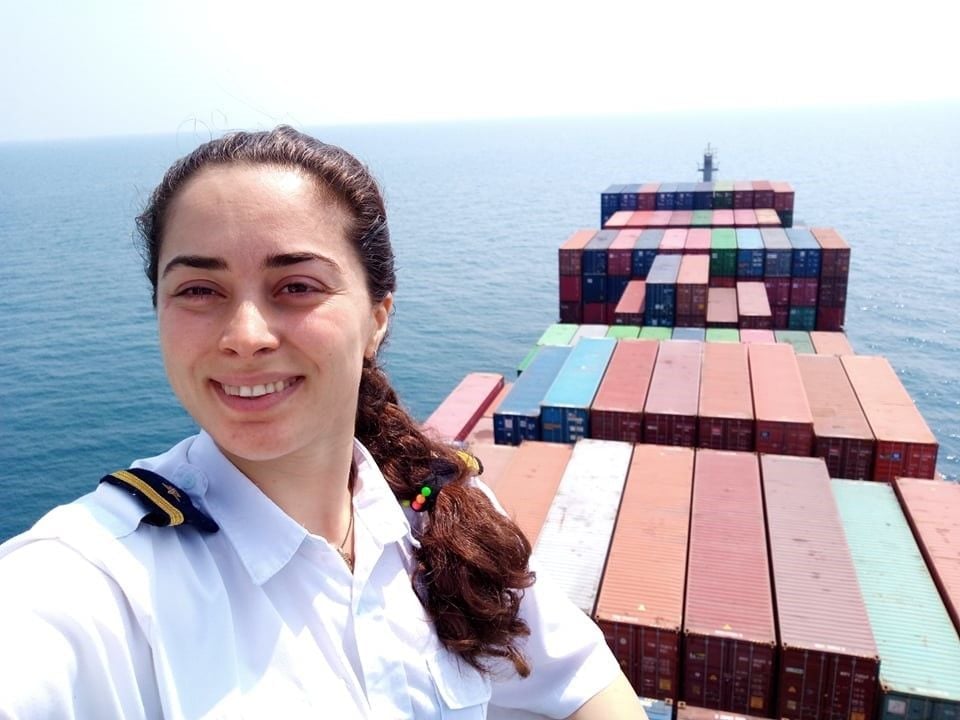Who is Supporting Women Seafarers Working in Jobs at Sea?
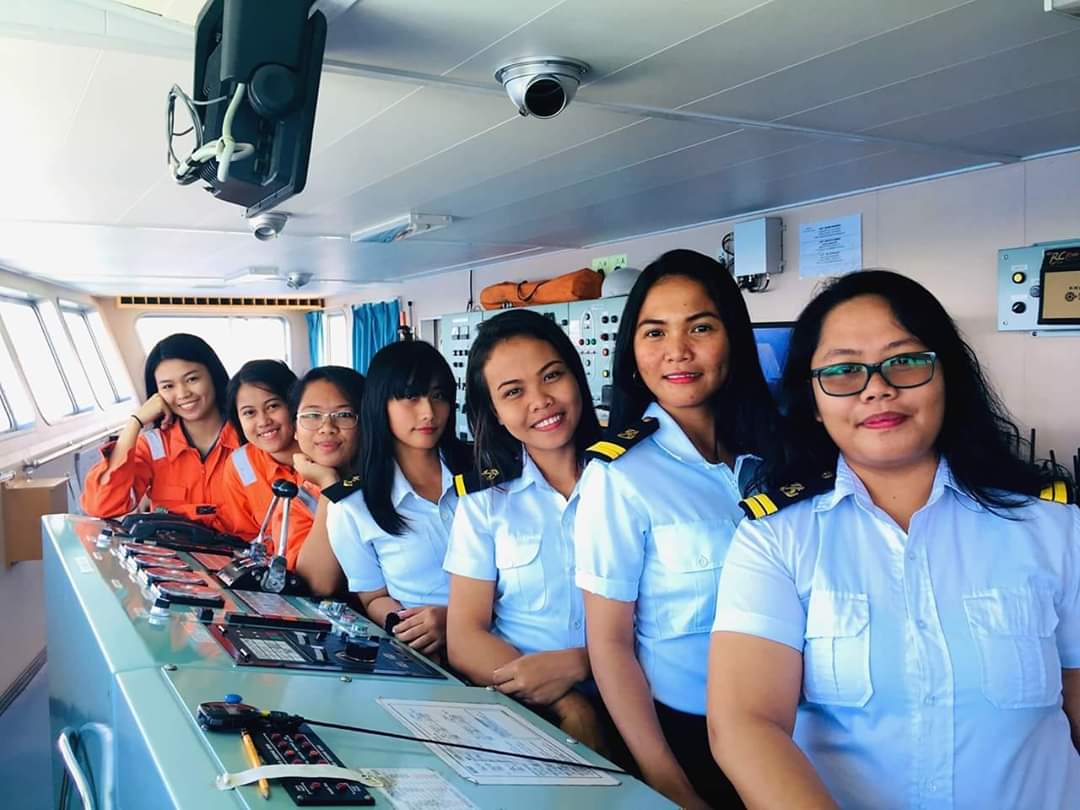
Image Courtesy of the IMO #MaritimeWomenPhotoShare Campaign
It's not exactly breaking news that women are underrepresented in the maritime industry and, specifically, in jobs at sea.
The shipping industry is currently undergoing a skills shortage, despite the sector seeing growth in recent years. The reasons for this are varied and possibly subjective: is the lack of talent due to an increasing need for seafarers to hold technical skills along with more traditional ones?
Is there a general disinterest in pursuing seafarer jobs as a career due to concerns about safety or wellbeing, meaning there’s fewer new seafarers coming on board to replace an ageing workforce?
And if less young people are interested in pursuing a career in the maritime industry, surely the knock on effect is that this disinterest is across the board: That graduates and school leavers of all genders are choosing other professions.
Read more: Safe Horizons: Happy International Women in Maritime Day
But particularly if they are female and either worried about how they'll be treated onboard, or are facing a lack of societal or familial encouragement.
While all of those reasons are up for debate, one thing is clear and that the ratio of women to men working in the shipping sector is seriously disproportionate.
And really, this is all a subject for a different day, because what about support for those who are already working in jobs at sea? Women seafarers especially.
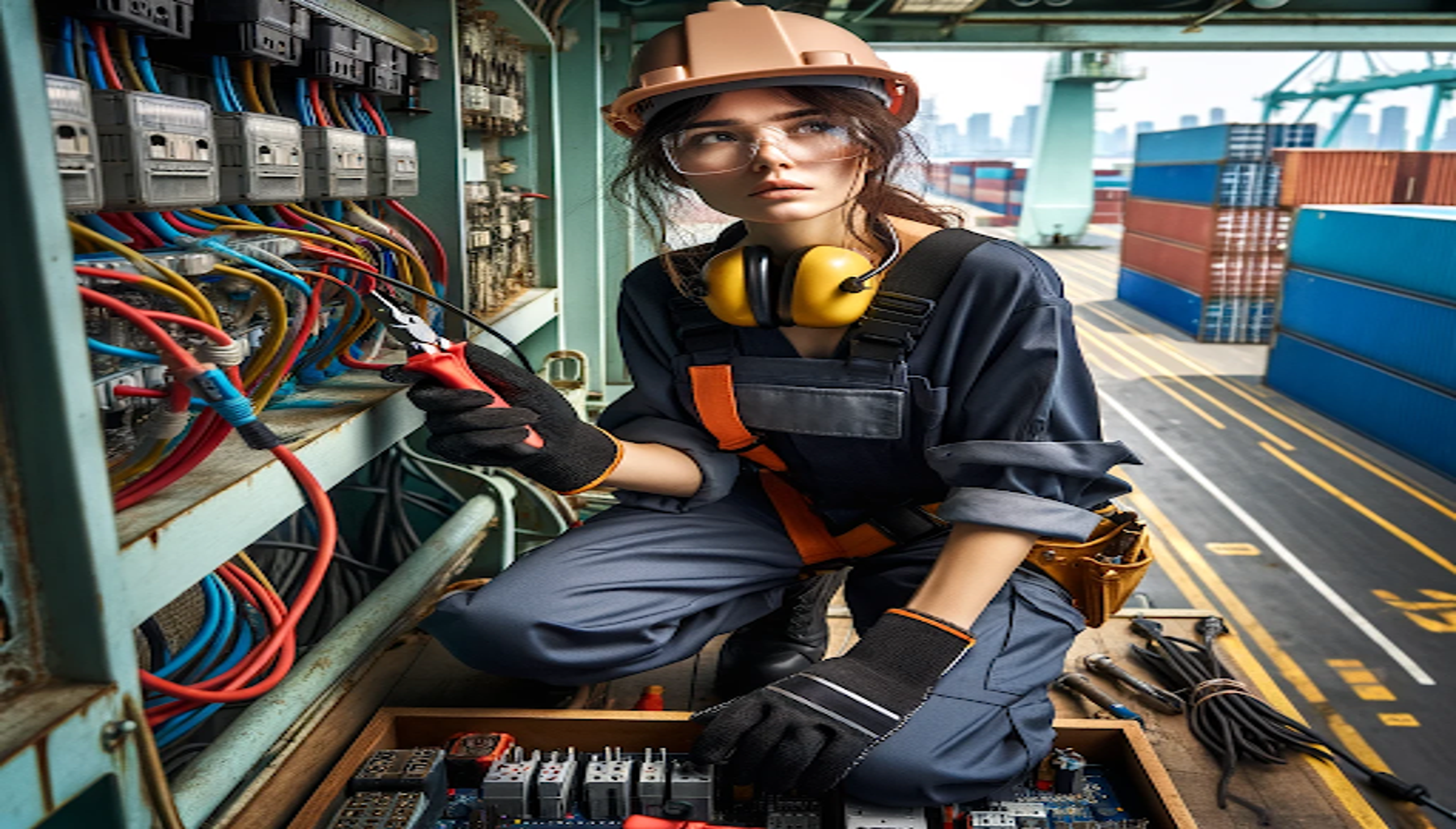
How many women seafarers are working in jobs at sea?
Let’s take a look at the data: the International Transport Workers Federation (ITF) has estimated that only 2% of seafaring jobs globally are held by women.
Delve a little further into those statistics and it’s thought that a massive 94% of these women are working either on passenger ferries or cruise ships.
Clearly the presence of women is not being felt too greatly on container ships, oil tankers and heavy load carriers. But why not? Is there a perception that women can’t work on these types of vessels?
Is enough being done to support both the entrance of women into the shipping industry and helping the ones that do make it thrive once they’re there?
Why aren’t there more women in maritime jobs?
There are a number of reasons why women aren't choosing seafarer jobs.
They range from a lack of support by career officers and schools to inadequate advice for young women considering the idea of a career in the maritime industry to the idea that women ‘don’t’ go into shipping as it’s ‘man’s work’. (Spoiler: it's not!)
There may be concerns that working in a male dominated environment may leave one open to bullying or harassment, and in a lot of cases, the idea of a female going to work in seafarer jobs simply isn't encouraged by her family.
And let's not forget the lack of representation of females in the maritime sector.
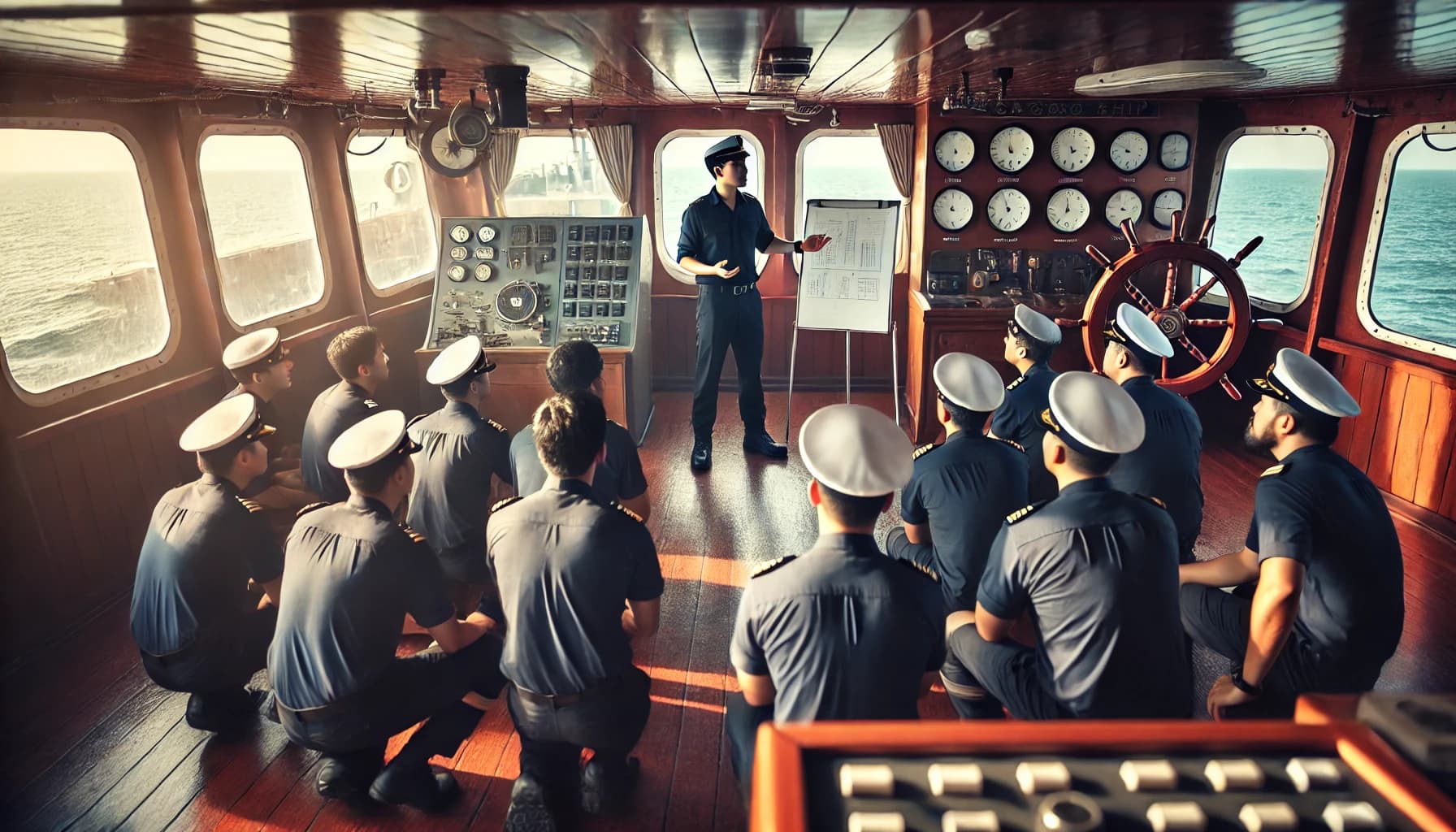
For a young aspiring female cadet it could be one, none, or all of these hypothetical reasons.
#MaritimeWomenPhotoShare
In fact, it's this last issue that was addressed by IMO in their campaign to encourage women working in jobs at sea to share photos of themselves at work, using the hashtag #MaritimeWomenPhotoShare.
With the contributions, IMO compiled a photographic collection of women working in seafarer jobs. This works like a stock photo website that people writing articles, news features, blog posts, social media posts, brochures and other material can use to source images for use in their content.
For example, like some of the images used in this very blog!
The main point being, these are realistic images and their use in the media and online will help to spread the message of diversity and show a more realistic portrayal of different maritime jobs and the women who work in them to the general public.
The hope is that by showing this better representation of women in maritime, young females will be inspired to follow, what may be, their real passion.
If you're a woman working in a seafarer job, why not share your photos of life and work at sea?

Organizations who support women seafarers
Attempting to address the low numbers of women seafarers, and support those that do exist, are associations such as the Women’s International Shipping and Trade Association (WISTA).
They offer support to current and would-be female seafarers, helping to provide them with the necessary skills and confidence they need to apply for positions in shipping companies - both onshore and off.
Today WISTA has thousands of members across 54 different national associations, from WISTA Angola through to WISTA Venezuela.
And individually, some countries and regions are already making moves to improve their male to female ratio and close the gender inequality gap in seafarer jobs. Take for example, the UK.
All companies trading in the United Kingdom are now required by law to disclose their gender pay gap. And, crucially, take steps to close it. Within the industry itself, Maritime UK has launched a task force with the aim of increasing the number of women in maritime jobs.
Back in 2017, Central and Latin America - an area in which the number of female seafarers has also started to slowly rise - created a maritime network especially for women at sea. Coming under the International Maritime Organization (IMO) umbrella, Women in Maritime Associations (WIMAs) works to shine a spotlight on the important role that women have to play within the shipping sector.
China too has put into motion an initiative that aims to increase cadet training - including females. Given the nation’s huge population and the fact that the country is one of the biggest players in the maritime industry, this could be significant in helping to address the global shortage of women in maritime.

Do women seafarers have maternity rights?
Maternity rights differ widely from country to country and so it probably comes as no great surprise that the issue can be even more confusing if you fall pregnant while you're employed in a job at sea.
As it currently stands:
- If you work on a Flag of Convenience vessel you are covered by that flag state's legislation concerning maternity rights. (Bear in mind that this could mean minimal or no rights at all...) On the plus side, ITF-approved agreements guarantee minimum rights.
- If you work on a vessel that is sailing under your own country's flag, you will be covered by your country's legislation, as well as by any rights that are guaranteed under your union's agreements.
What to do if you have queries or concerns
If you're a women seafarer and you are facing discrimination, you have any questions about life at sea, or you're simply looking for friendly advice and support, the organizations listed above would be a good place to start.
You may also want to get in touch with your trade union or with the shipping company you work for. A good number of unions have implemented policies that cover sexual harassment, and any good employer will take your concerns seriously.
Read more: Breaking Waves: Inspiring Stories of Women in Maritime
Good news: the numbers of women seafarers is rising
If there is a silver lining to this cloud of gender inequality in the shipping industry it is that the ITF has noted a slow but steady increase in the number of women at sea working in maritime jobs.
But this trend is not wholly global with the majority of new female seafarers hailing from Northern and Southern Europe, and North and Central America.
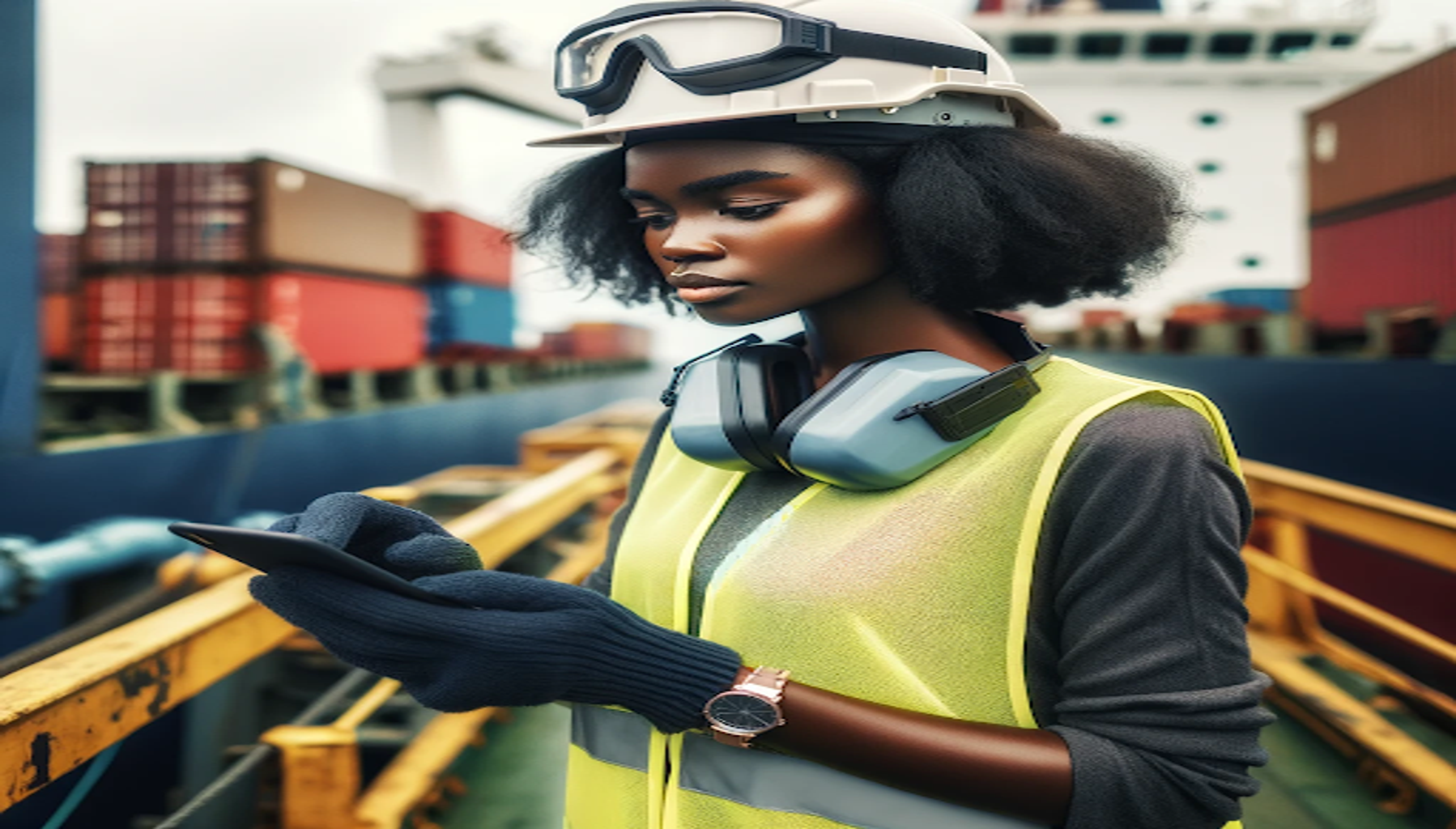
Traditional seafaring nations such as the Philippines and other Southeast Asian countries, including India and Indonesia, are still lagging behind and have yet to catch on to this trend.
Clearly there is some work to be done when it comes to attracting women to maritime jobs, but what can we do to make sure that those who are already employed in seafarer jobs feel safe, secure and supported?
For surely this will have a knock-on effect in encouraging more females to seek employment on container ships and similar vessels.
Why we need more women in maritime jobs
As mentioned at the start of this article, the maritime industry is facing a skills shortage. That isn’t going to get any better anytime soon either.
In fact BIMCO have reported that by 2025 (that’s not that far off!) a further 147,500 seafarers will be needed to help operate the world merchant fleet.
Attracting more women to work in jobs at sea (by meaningfully supporting the ones who are already there) is vital to help to plug that gap.And the more women that pursue maritime careers, the greater the representation will be, and that can only be a good thing, whether you're currently working on a ship or are thinking about training for a career in the industry.
Martide helps ALL seafarers find jobs at sea!
At Martide we are currently recruiting seafarers of all genders, ages, nationalities and ranks.
Take a look at our seafarer job vacancies now and create a Martide account if you don't already have one - you might find the ideal contract for you.

And don’t forget, you can also download our mobile app. Android users can download it from Google Play here and iPhone users can find it in the Apple Store here.
Your next job at sea is just a couple of clicks away - no matter what your gender!
This blog post was first published on July 19th 2019 and updated on June 17th 2021.

Eve Church
Eve is Martide's content writer, publishing regular posts on everything from our maritime recruitment and crew planning software to life at sea. Eve has been writing professionally for more than two decades, crafting everything from SEO-focused blog posts and website landing pages to magazine articles and corporate whitepapers.
UK




